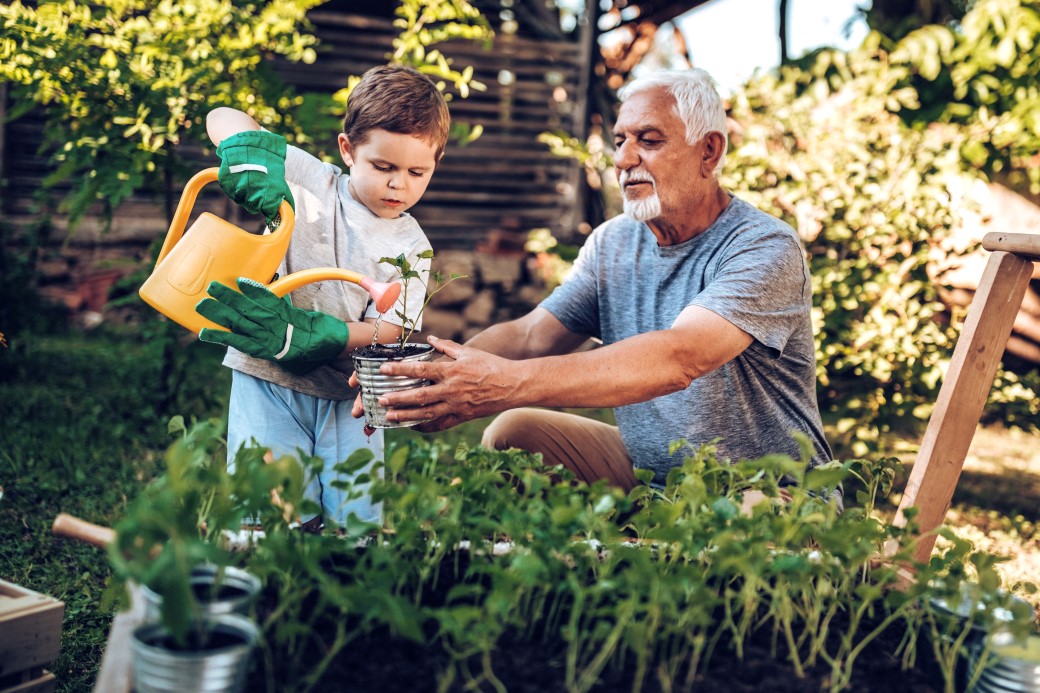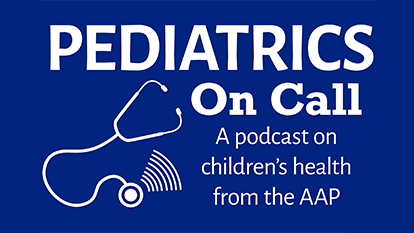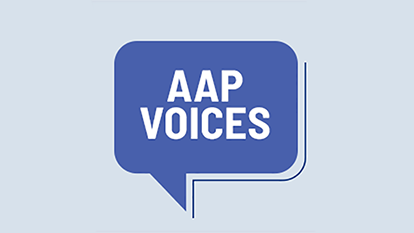

The mission of the American Academy of Pediatrics is to “attain optimal physical, mental and social health and well-being for all infants, children, adolescents and young adults.” To achieve this mission, children must live, learn, play and work in environments that promote their health and development.
Environmental Health Overview
Children are vulnerable to environmental hazards — and more vulnerable than adults — for a number of reasons:
- Children breathe more air, consume more food and drink more water than adults do, in proportion to their weight.
- The immune, central nervous, digestive and reproductive systems of a child are still developing. During certain critical windows of time, exposure to environmental toxicants can impact a child’s development and lead to irreversible damage.
- Children behave differently from adults and have different patterns of exposure to environmental hazards. For example, hand-to-mouth and other oral exploratory behaviors that occur during normal child development may introduce exposures to lead, arsenic and other toxicants. Children also spend more time on the floor, closer to the ground, and outdoors, creating more and different exposures than adults may experience.
- Children have little control over their environments. Young children who are dependent upon others for movement may experience sustained exposure to agents or situations that are out of their control. Other children, adolescents and young adults may be both unaware of risks and unable to make choices to protect their health.
Pediatricians, parents, families, community leaders and policy makers can benefit from further education about the unique vulnerabilities of children to environmental pollution and toxic exposures. Together, we must work toward and advocate for safe and healthy environments for all children, wherever they live, learn, play and work.
AAP Recommendations
The AAP has developed and published a portfolio of policy statements, clinical reports and technical reports addressing children’s environmental health issues. These policy documents are complied on the Council on Environmental Health and Climate Change policy collection page.
Selected key statements from this collection include:
- The “Ambient Air Pollution: Health Hazards to Children” policy statement.
- The “Prevention of Childhood Lead Toxicity” policy statement.
- The “Climate Change and Children’s Health: Building a Healthy Future for Every Child” policy statement and technical report.
- The “Food Additive and Child Health” policy statement and technical report.
The Academy also publishes the landmark Pediatric Environmental Health, Policy Manual, currently in its 4th edition. The manual was developed to assist pediatricians in identifying, preventing and treating pediatric environmental health issues. This AAP Board-approved policy publication places essential children’s health information and answers to parent’s questions at physicians’ fingertips. The book’s 66 topic-based chapters cover a broad range of environmental health issues, including lead exposure, ultraviolet light, pesticides, climate change, asthma, tobacco smoke, school environments, childcare environments, radiation disasters, chemical and biological terrorism, fracking, sustainability, and much more.
Professional Tools & Resources
The following resources provide additional information on the AAP’s environmental health initiatives.
Podcasts and Voices Blogs
Learn what others are saying. Listen to our podcasts and read our blog posts.
Environmental Health - Episode 25
In this episode hosts David Hill, MD, FAAP, and Joanna Parga-Belinkie, MD, FAAP, focus on environmental health. They talk to Aparna Bole, MD, FAAP, chair of the AAP Council on Environmental Health, about how climate change and pollution affect children.
Pediatrics on Call
|October 13, 2020

Air Pollution's Effects on Child Health - Episode 74
In this episode Catherine Karr, MD, PhD, FAAP, co-author of the AAP policy statement on ambient air pollution, explains how pediatricians can help families in clinic and through advocacy.
Pediatrics on Call
|August 10, 2021

It's Time to Wake Up to the Threat of Climate Change and to Act
Pediatricians have a powerful voice to lend to the movement for environmental action.
Voices Blog
|September 22, 2020

Wildfire Smoke a Growing Threat to Vulnerable Children
The new health threat of wildfire smoke exposure is especially dangerous to young people, people with asthma, and other respiratory diseases.
Voices Blog
|April 15, 2020

Last Updated
02/20/2024
Source
American Academy of Pediatrics